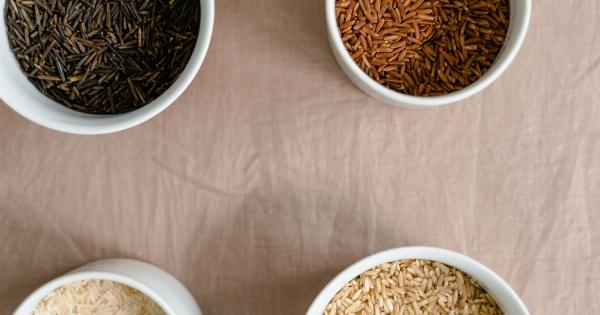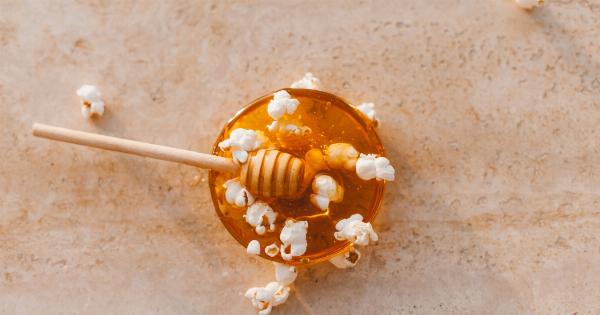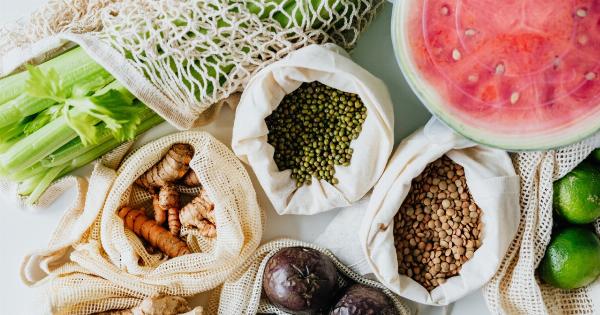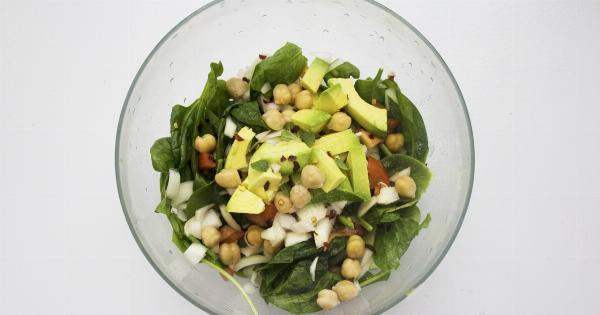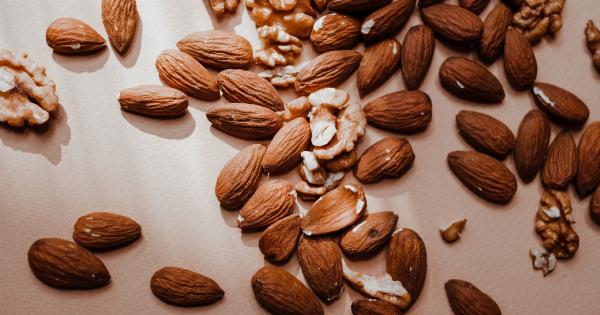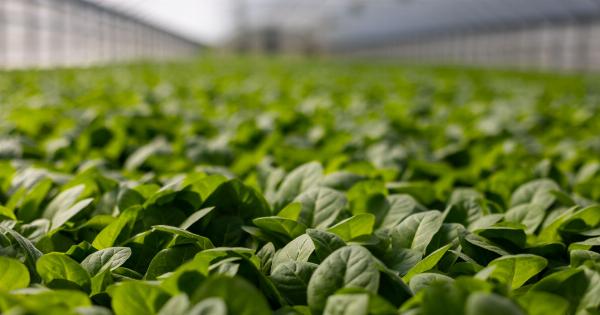For many people, dried foods are a convenient and often affordable option that can be stored for long periods. From dried fruits and vegetables to jerky and grains, these pantry staples have become a popular choice in households around the world.
While dried foods may seem harmless, there is growing evidence to suggest that they may pose serious health risks if not consumed or stored properly. This article explores the potential dangers associated with dried foods, their impact on our health, and the necessary precautions to take to avoid falling victim to this silent killer that may be lurking in your pantry.
The Dehydration Process and Its Impact on Nutritional Value
When fruits, vegetables, and meats are dried, their moisture content is significantly reduced to inhibit the growth of bacteria and fungi. While this preservation technique increases the shelf life of the food, it also comes at a cost.
The dehydration process alters the nutritional composition of the food, leading to a potential loss of essential vitamins, minerals, and antioxidants. It is crucial to consider the nutritional impact of dried foods, especially if they are a significant component of your daily diet.
Microbial Contamination: A Hidden Danger
One of the most significant risks associated with dried foods is the potential for microbial contamination. The low moisture content of these foods creates an environment where bacteria, molds, and other harmful pathogens can thrive.
Improper drying, storage, or handling practices can introduce and promote the growth of these microorganisms. Consuming contaminated dried foods can lead to foodborne illnesses and symptoms such as diarrhea, vomiting, and abdominal pain.
Individuals with weakened immune systems, including elderly individuals and young children, are particularly susceptible to these infections.
The Role of Mycotoxins in Dried Foods
Mycotoxins are toxic compounds produced by certain types of fungi that contaminate crops, particularly during the drying process. These mycotoxins can pose significant health risks to humans when ingested.
Aflatoxin, one of the most well-known mycotoxins, is commonly found in dried fruits such as figs and raisins, as well as nuts. Prolonged exposure to aflatoxin can lead to liver damage, impaired immune function, and even cancer. It is essential to be aware of the potential presence of mycotoxins in dried foods and take necessary precautions to minimize the risk of exposure.
Sodium and Sugar: Hidden Culprits in Dried Foods
While dried fruits and vegetables can be a healthy snack option, it is crucial to read the labels carefully. Some dried fruits can be coated with added sugar to enhance their taste and prolong their shelf life.
Excessive sugar intake has been linked to various health problems, including obesity, diabetes, and heart disease. Additionally, certain dried foods, such as jerky and dried pasta dishes, can be high in sodium. Consuming excessive amounts of sodium can increase the risk of high blood pressure and heart-related ailments.
Opting for unsweetened dried fruits and low-sodium alternatives is crucial to minimizing these health risks.
Food Storage: Best Practices for Storing Dried Foods
Proper storage of dried foods is paramount to reduce the risks associated with their consumption. Here are some essential tips to help you store dried foods safely:.
1. Check for Quality:
Before purchasing dried foods, inspect them for any signs of spoilage. Look for discoloration, unusual smells, or mold growth, and avoid consuming such products.
2. Store in Airtight Containers:
Transfer dried foods from their original packaging into airtight containers to minimize exposure to air, moisture, and potential contaminants. This will help maintain their quality and prevent the growth of bacteria and fungi.
3. Cool and Dark Environment:
Keep dried foods in a cool, dark place, away from direct sunlight and heat sources. This will preserve their flavor, color, and texture, while also reducing the risk of microbial contamination.
4. Rotate Stock:
Regularly check the expiry dates of your dried foods and consume them within the recommended timeframe.
Implementing a first-in, first-out system will ensure that you always use the oldest items first and reduce the chance of consuming expired products.
5. Frozen Storage:
If you live in a hot and humid climate or plan to store dried foods for an extended period, consider freezing them for long-term preservation.
Freezing can help retain their nutritional value and prevent the growth of microorganisms, ensuring safer consumption.
The Importance of Hydration
Incorporating dried foods into your diet can be a nutritious choice when consumed in moderation and with proper storage. However, it is vital to remember that dried foods should not replace fresh fruits, vegetables, and meats.
These whole foods provide essential hydration and offer a wider range of vitamins and minerals than their dried counterparts. Adequate hydration plays a vital role in overall health, so be sure to drink plenty of water and fluids along with dried foods to maintain optimal hydration levels.
Conclusion
Dried foods may be a pantry staple, but their potential health risks should not be underestimated.
From nutritional loss during the dehydration process to the hidden dangers of microbial contamination and mycotoxins, it is essential to be aware of the dangers and take necessary precautions. By selecting high-quality dried foods, storing them properly, and incorporating a variety of fresh foods into your diet, you can enjoy the convenience and nutritional benefits of dried foods without compromising your health.






